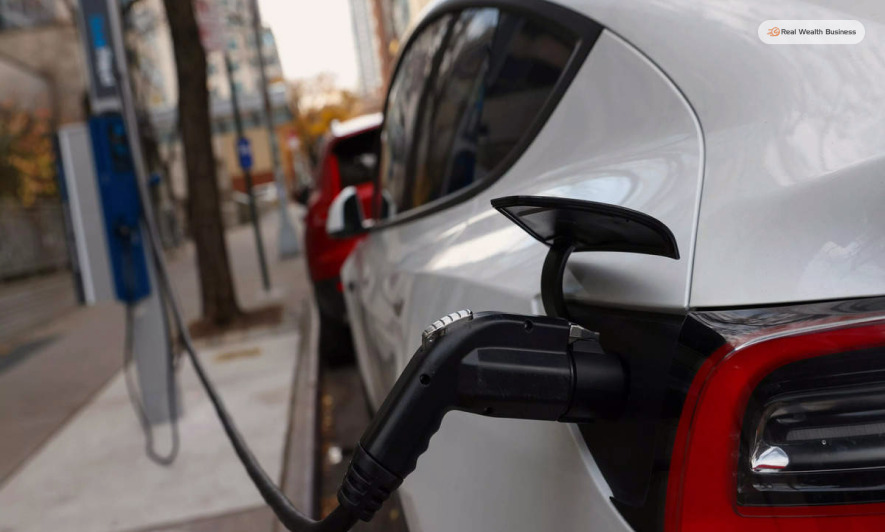Synthetic Graphite For EV Batteries: China Keeps Giving The West A Tough Competition
by Shahnawaz Alam Business 13 September 2023

The focus on Synthetic graphite has changed and is shifting in a new direction. Developed in the 19th Century, Synthetic Graphite has taken a new path toward the EV sector in the past decade.
Its use and applicant ions are rapidly growing, and it could account for almost two thirds of the EV battery anode market by 2025, according to the estimations of Benchmark Mineral Intelligence.
Each EV needs an average of 50 to 100 KGs of graphite in the battery pack for its anodes, the negative electrodes of the battery, and about twice as much lithium.
The market for synthetic graphite has been evolving, and the industry can be expected to grow up to 40% by the end of 2028. At this point, according to the research of Mordor Intelligence, Companies are looking to find a new direction to compete with strong competition in China.
Data suggests that China is responsible for refining 90% of the natural graphite used virtually in all EV battery anodes. The steps from popular Chinese companies like BTR and Shanshan (investment in millions of dollars to produce Synthetic graphite).
According to analyst Victoria Hugill of RHO Motion, Synthetic graphite in the supply chain of EV batteries “is mature and commercially successful in China,”
While the share of Chinese producers is small, they are significantly growing. But, the U.S.-based companies such as Novonix, Anovion, and Norway’s Vianode have two key factors that are driving them. First, it is easier to set up a new synthetic graphite facility than to look for mines that produce natural ones. Also, the new graphite facilities do not have to be set up close to the mining site.
More expert notes suggest that synthetic graphite usually has a higher level of purity compared to natural ones. Also, they are also quite formidable when it comes to their performances. Also, the price gap between both the elements has been narrowing down. So, naturally, the producers are seen to use synthetic graphites more in the EV battery anodes (representing only 10% of the costs involved in the battery).
According to Bob Galyen, the founder of Galyen Energy, – the increasing need for the consistent and clean battery material “is one of the main drivers for synthetic graphite,”
According to Novonix’s Burns, “the construction of new production facilities would require staggering investment even with federal incentives. Our industry’s biggest challenge is the amount of capital that has to flow to make a dent in the supply chain,” said Novonix.
While this is in motion, China will keep dominating the production of synthetic graphite, according to researcher Fastmarkets.
“The real truth is China will be the biggest player in this market for the next 10 or 20 years,” said Burns. “The balance of supply and demand is and will remain absurdly askew for the balance of this decade in terms of North American options.”
Read Also:



































































































